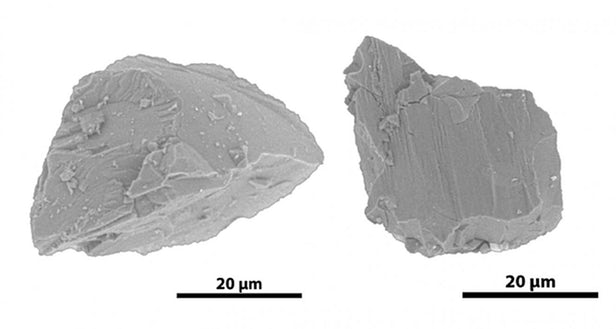The Hayabusa-1 probe visited the Itokawa asteroid in 2010 and collected soil samples from the cosmic body. Within
For example, a study of Itokawa soil confirmed: it consists of the same minerals as the Chelyabinsk meteorite. However, it turned out that about 1.5 billion years ago, he collided with another body. It was probably when he was in the main asteroid belt. It was after this that Itokawa changed the orbit to the intersecting earthly one.
Scientists studied five particles from an asteroid, usingsecondary ion mass spectrometer (NanoSIMS). In two of these five particles, the team discovered a mineral called pyroxene, the crystal structure of which contains water. This suggests that Itokawa is quite rich in water. Considering its loss due to the effects of cosmic radiation, the water content in its soil is approximately 698–988 parts per million (ppm).

Previously, researchers studied soil particles fromnear-Earth asteroid Itokawa, delivered to Earth by the Hayabusa-1 mission. It turned out that in the past the asteroid had a strong collision with another body - this radically affected its volume and chemical composition.